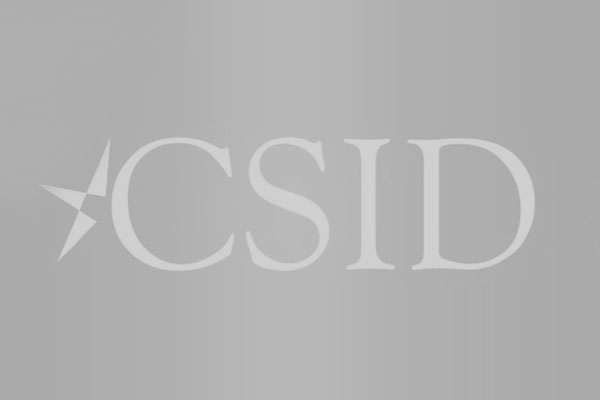
As 2009 marks the thirtieth anniversary of Iran’s Islamic Revolution, and with June’s presidential elections and talk of engagement with the United States, the Islamic Republic has reached a crossroads in its brief yet tumultuous lifespan. A suffering economy, disenchanted youth, and a rise in the repression of social and political rights may be setting Iran on the course toward a second revolution. Despite its lack of freedom, Iranian civil society remains a strong force for political change, possessing the political will that is the lifeblood of all successful democracies. The question remains, how can we tap this valuable resource?
The aim of this study is to examine the various elements within Iranian society that provide opportunities for meaningful political change. From a widely educated population and the presence of reform-minded clerics, to NGOs and women’s rights movement – by regional standards, Iranian civil society is quite developed. Institutions and ideologies are already in place that could foster true democratization, if only they were given the opportunity.
Modernization has brought with it a wave of societal secularization which has widened the gap between citizen and state. While Mohammad Khatami’s presidency in the late 1990’s brought with it hopes of reform, these hopes were never truly realized. The reform movement suffered from Khatami’s inability to deliver but after nearly four years of Ahmadinejad, many are ready for change. If a moderate is able to defeat Mahmoud Ahmadinejad in the upcoming elections, Iran may receive another chance at political reform. Furthermore, comprehensive U.S.-Iranian dialogue no longer seems to be a question of “if” but “when.” Given that, the U.S. is in a unique position to engage not only Iran’s government but its people. However, we must tread lightly in this matter, as years of foreign interference remain fresh in Iranian minds. Therefore, the second goal of this paper is to examine the best ways the U.S. should engage Iran to help, not hinder, an opening of the political process. As the U.S. and Iran enter a new phase in their relationship, the stage is being set for positive change. It is the hope of this study to provide a timely analysis of one of the region’s more pressing issues and to determine which elements provide the best opportunities for such change.

